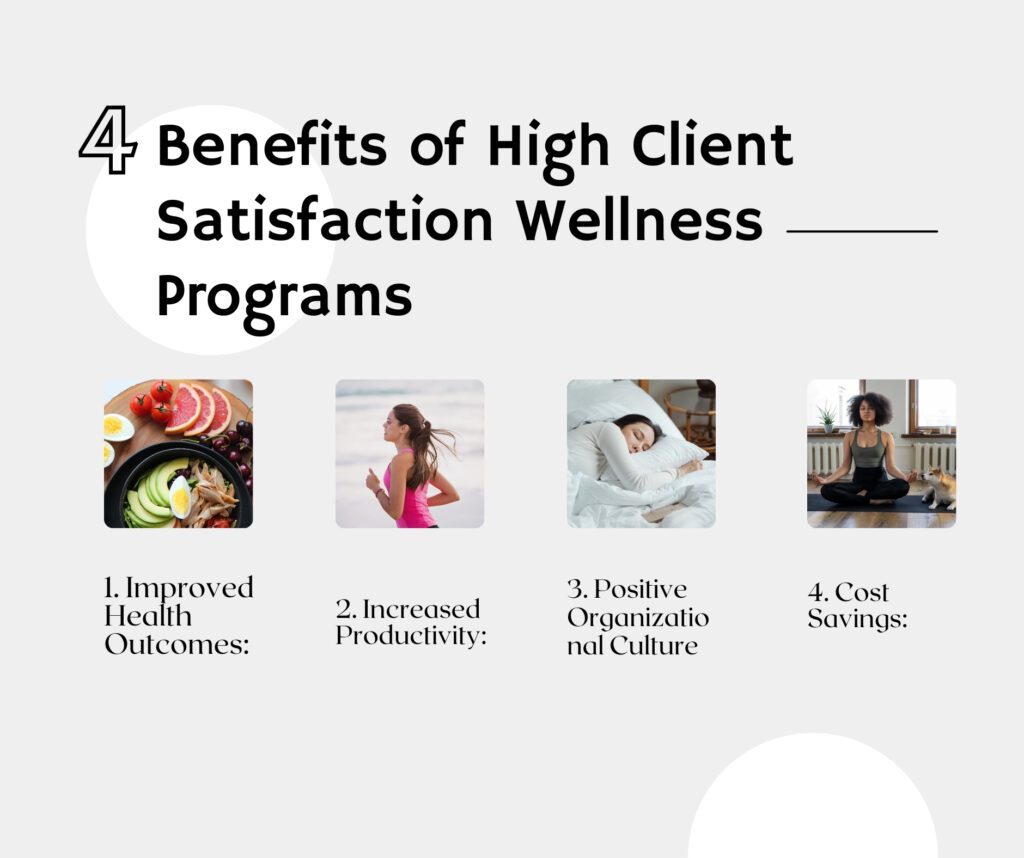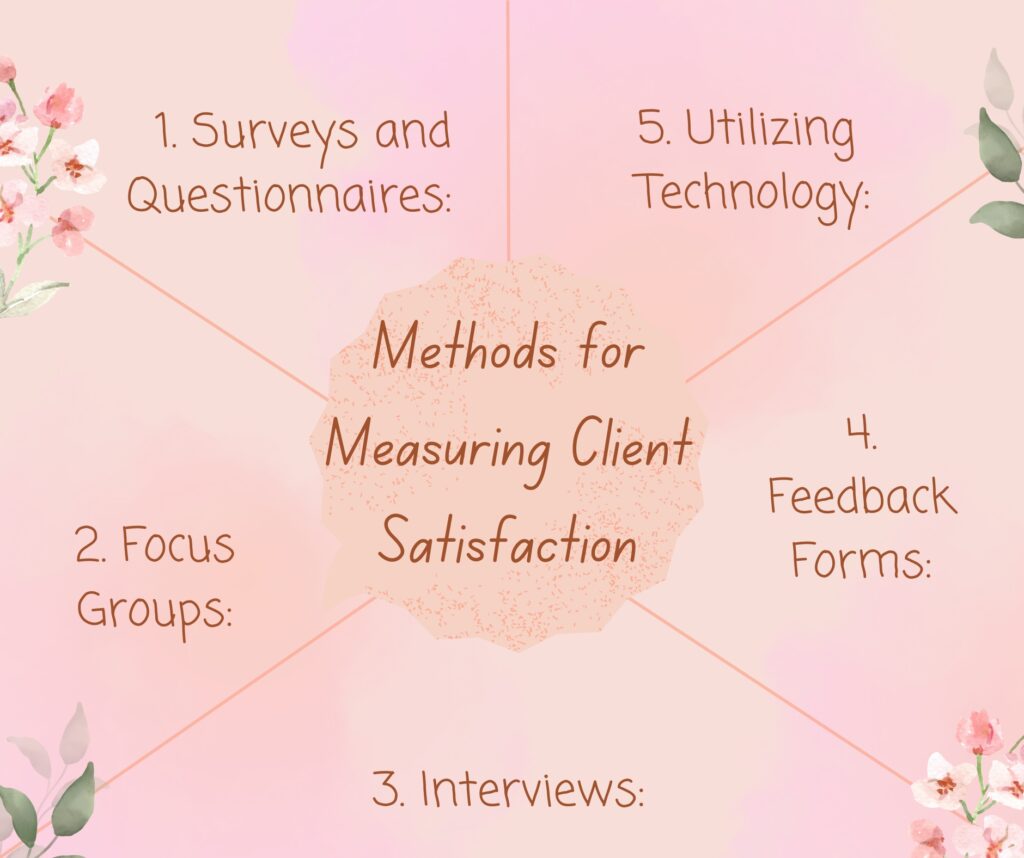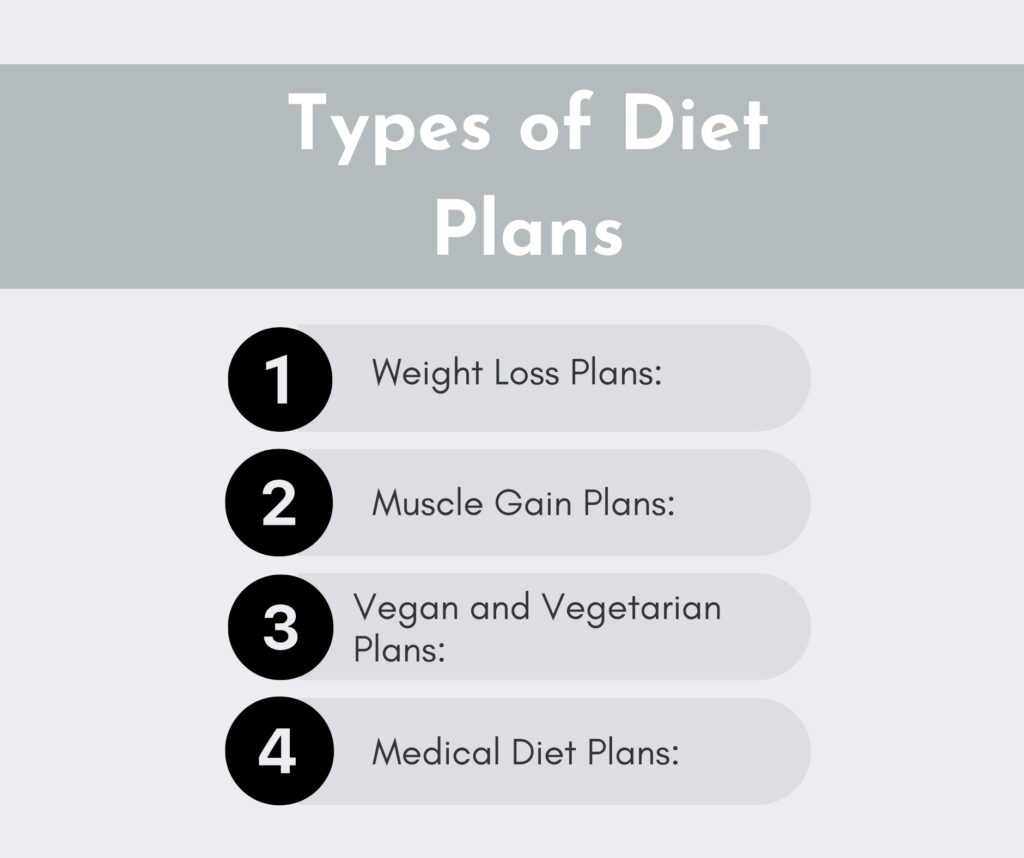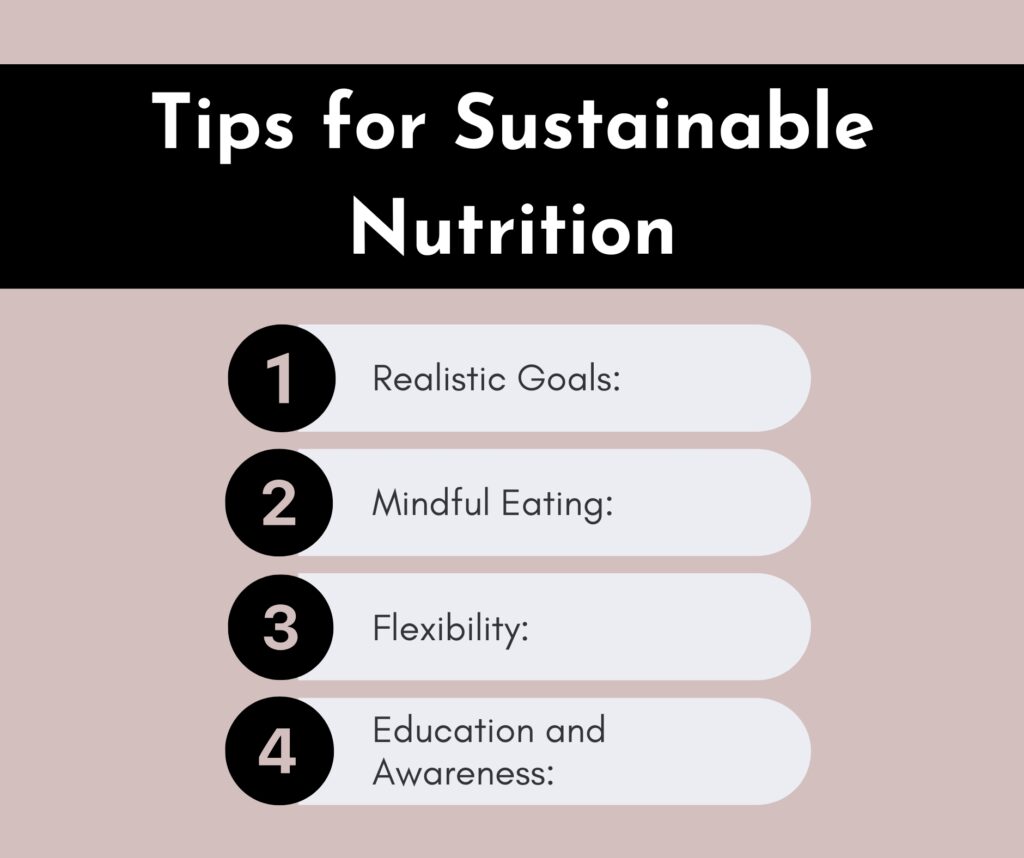Introduction
The only way to compete in the (cacophony of) marketplace is with a happy and healthy workforce. Wellness programs are being purchased increasingly by companies, but owning a program won’t solve that problem. The recipe for success is making high client satisfaction wellness programs. Beyond the basics, these programs are designed to enhance the customer experience and keep them coming back for more.
This equates to a healthier, happier workforce. But what really sets a wellness program above the rest and results in high client satisfaction? In an effort to understand this discerning subject, here we bring you some of the ultimate secrets breaking down these very successful programs in Independent countries and beyond.
We will dive into best practices for creating compelling experiences, building community, and assessing the effects of your program on employee wellness. By the end of this series, you should be armed with enough information and resources to design a wellness program that not only promotes health in your employees but also has their fired-up endorsement.
High Client Satisfaction Wellness Programs
Wellness programs are essential as they help individuals cope with the hustle and bustle of everyday life that sometimes takes a toll on their overall health. These fitness, wellness, and development programs are surely for the betterment of individuals, but simultaneously, they help organizations to build a healthy, productive work environment. How well these programs work largely depends on how satisfied people are with them. With overall high client satisfaction wellness programs being crucial for long-term engagement and lasting outcomes, they are must-haves to advance yourself in both your personal life and career.
The Importance of Client Satisfaction in Wellness Programs
This client satisfaction and perception are paramount to results from wellness programs. Happy participants lead to more consistent usage and, therefore, better health outcomes. This satisfaction is driven by the quality of services, the knowledge level of people involved, and the overall feeling about the program. High client satisfaction means the program is more effective and helps drive a positive reputation, which will encourage other people to join and enjoy all that wellness has to offer.
1. Personalized Approach:
It is crucial to customize your wellness programs based on the client’s individual needs and preferences. These include individuals’ health goals, level of fitness, dietary conditions, and personal preferences, which means that off-the-shelf designs do not always operate efficiently. Wellness programs can meet the unique needs and goals of individuals with tailored solutions that ultimately help yield higher, more sustainable results.
2. Comprehensive Services:
The most effective wellness program is one that provides a broad spectrum of services focused on different dimensions of wellbeing. Such services may include fitness classes, nutritional counseling, mental health support, workshops in stress management, yoga/meditation, etc. That appeals to clients and fosters ongoing engagement, as comprehensive wellness programs cover the physical, mental, and emotional aspects of health.
3. Professional Expertise:
At this point, wellness programs need the participation of experts like fitness trainers, dietitians and nutritionists, mental health counselors, and other licensed professionals who are qualified to guide employees in maintaining good personal wellbeing. Advisory firms have some of the brightest minds in our industry, and they bring a rich base of inside knowledge to every client engagement. Through their knowledge, participants will receive the right information on safe practices and methods of achieving good health.
4. Routine Feedback and Appraisals
Suc h mechanisms ensure continual assessment and feedback, which in turn are important to sustain a high level of client satisfaction. Assessments should occur regularly so that clients can monitor their progress, determine where they are weak and need to improve, and adjust their wellness strategies. It allows organizers to serve their community better and improve the programs they offer based on feedback from those who are actually using them.
5. Dynamic and Inspirational Environment
Once you have clients motivated and ready to go, an equally important part of getting clients to follow through on their wellness goals is through creating a supportive environment. Creating a sense of community with participants Using group activity, fitness challenges, and incentive programming to increase participation. More importantly, a positive and interactive atmosphere will keep clients engaged as they seek to support their health aspirations with experiences that motivate them to make local social connections while having fun in wellness activities – all leading to higher levels of satisfaction.
Benefits of High Client Satisfaction Wellness Programs

1. Improved Health Outcomes:
Happy patients are more likely to stick with wellness programs, which leads to healthier lives. Continual involvement in wellness means lower risks of chronic diseases, higher fitness levels, and better mental health, contributing to an overall good quality of living. A wellness schedule is about creating a routine of healthier decisions, and it leads to habits that will eventually lead you to make those same choices in the long term.
2. Increased Productivity:
Healthy people are generally more productive, have better concentration, and perform work both professionally and personally faster. The best wellness programs satisfy clients, which results in productivity and efficiency in the workplace. Workers are happier, more productive, and feel less stressed if they know their employer is looking after them from a health perspective.
3. Positive Organizational Culture
An investment in the wellbeing of employees is a credit to Organizational Culture. Wellness programs with high client satisfaction provide an ecosystem of support and caring that, in turn, reinforces employee loyalty, ensuring retention. Companies that integrate wellness into the workplace are creating a healthy working culture in which their employees feel appreciated and want to help make the business successful.
4. Cost Savings:
Effective wellness programs can provide organizations with both short- and long-term cost savings if the right investments are made. Lower healthcare costs, decreased absenteeism, and improved employee engagement are financially rewarding aspects of a wellness program. Organizations benefit from substantial savings on medical claims, sick time, and staff turnover related to the promotion of a healthier workforce, thereby boosting their bottom line.
Strategies for Enhancing Client Satisfaction
1. Personalized Communication:
The most important underlying thread is that communication plays a vital role in understanding and fulfilling your client’s desires. The personalized nature of communication, such as check-ins, suggestions, and progress updates that hold meaning only to a specific participant helps build trust among users. Using a person’s name, praising them, and suggesting next steps that are directly linked clarify their importance in your practice.
2. Innovative Program Design:
The wellness program can also be more enjoyable for clients by including elements that are innovative and engaging. With virtual fitness classes, mobile health apps, wearable fitness trackers, and interactive wellness platforms – users can experience the ultimate convenience in their workouts. Gamification features, including awards, badges, and leaderboards, bring a sense of excitement and competition to wellness activities that keep clients motivated.
3. Client Involvement:
Client engagement in the creation and execution of wellness programs leads to an increased sense that the program is their own and, thus, increases ownership. Engaging clients in the feedback process through surveys, focus groups, and feedback sessions that solicit their preferences/programmatic refinements. When clients feel that they are being heard, included, and a part of the decision-making process, They will also be more likely to stay engaged with whatever programs or services you offer.
4. Follow-up Resources and Support
Client satisfaction is a top priority, and keeping them satisfied takes some doing; support must be ongoing to ensure it remains high. The guidance that wellness programs provide should be ongoing, and they should offer educational pieces as well, with access to advice from professionals. Connecting them with support groups, online communities, and helplines can play a crucial role in giving clients the necessary motivation as well as guidance to help drive away roadblocks.
Measuring Client Satisfaction in Wellness Programs
Wellness programs are one of the most difficult to measure, but client satisfaction metrics are certainly a more tangible approach. It also not only indicates the efficiency of the program but also sheds light on areas where development can be done. By measuring client satisfaction, wellness programs can track to see that they are meeting the needs and expectations of clients while building a culture of sustained engagement that enables participants to continue through their health outcomes. In this guide, we will discuss different ways and best practices for determining the success of your wellness program by properly measuring client satisfaction.
Importance of Measuring Client Satisfaction
1. Evaluating Program Effectiveness:
The level of satisfaction enjoyed by a client directly reflects the functioning efficiency of a wellness program. People who are highly satisfied with their work and life tend to have better health outcomes, whereas low satisfaction can reveal areas for potential improvement.
2. Spotting Targets of Opportunity:
Client feedback is quite telling where the program needs some fine tuning might be suggested. From the types of services provided to how well you clicked with wellness professionals.
3. Enhancing Client Retention:
Happy clients are good for wellness programs, as they keep the health professional in business! It allows companies to locate and resolve issues that will otherwise result in client churn.
4. Increasing Engagement and Participation:
Knowing what keeps clients in the program helps develop strategies to retain and grow participation. This results in a more effective wellness program.
Methods for Measuring Client Satisfaction

1. Surveys and Questionnaires:
- Online Surveys: These are very cost-effective and can be circulated to a large number of people, but in my opinion, these are the greatest form. Create in-depth surveys on the various elements of your wellness program, such as fitness classes, nutrition workshops, etc, using tools like SurveyMonkey or Google Forms.
- In-person questionnaires: Distributing those during wellness sessions can provide even swift feedback. This is one method that orders thoughts on how satisfied you are with specific things or sections.
2. Focus Groups:
Focus groups enable deep discussions with a small group of people set up by organizers. This qualitative approach captures nuanced clients’ feedback, needs, and ideas to improve users’ experience.
3. Interviews:
Interviews with individual customers can discover personal observations that cannot be drawn through surveys or focus groups. Converse through face-to-face interviews, over the phone, or through video calls.
4. Feedback Forms:
Immediate feedback can be summarised by giving out Response forms at the end of each wellness session or activity. We use these forms to ensure the data represent both quantitative ratings and qualitative comments that reflect overall client assessments.
5. Utilizing Technology:
Allow feedback mechanisms for Wellness apps and platforms, e.g., rating features and automation based on the responses. Clients are able to receive feedback, and then feedback can be fed into the programs via these tools with a best practice approach that leans towards real-time and ease of tracking for program administrators on responses + analysis.
Key Metrics to Track
1. Overall Satisfaction Score:
This is a widely accepted metric of client satisfaction for the wellness program. It can be solicited directly with a question like “On the whole, how satisfied are you with the wellness program ESCALet-us support?”
2. Net Promoter Score (NPS):
The value of NPS is in measuring whether clients would refer the wellness program to others. It is determined by people responding to the question, “How likely are you using a scale of 0-10 to recommend our wellness program for a friend or colleague?
3. Engagement Levels:
Measured participation capabilities as well as measurements of attendance and involvement in activities. One of the components to measure satisfaction is a high level of engagement.
4. Specific Service Ratings:
It is important to assess satisfaction with different parts of the program, such as fitness classes, nutrition counseling, and mental health support, in order to determine what works well or does not.
5. Client Retention Rates:
The number of clients who stick to the program in brief and long-term follow-up periods is a good metric for satisfaction. High client retention rates – The program clearly has high value to clients
Best Practices for Measuring Client Satisfaction
1. Regular and Consistent Measurement:
Regular satisfaction assessments will keep feedback timely and appropriate. Finally, consistency in measurement permits the tracking of changes over time and provides an intermediate outcome measure to determine if any modification done had its intended effect.
2. Anonymity and Confidentiality No
When feedback is collected anonymously, people are more likely to deliver honest responses. When clients feel their privacy is respected, they are more likely to tell what is really on their mind.
3. Clear and Concise Questions:
The clarity of questions, conciseness, and relevance of the content make designing surveys and questionnaires easy, which eventually translates into more accurate feedback. This minimizes the likelihood of complex or leading questions and so ensures answers are withheld in affirmation of the true level of satisfaction.
4. Actionable Feedback:
It is the first step to getting feedback, but you must act upon this. This results in seeing your data, figuring out what the trends are, and listening to feedback from clients on how you can improve, which is a strong way of showing commitment toward evolving for client delight.
5. Results and Actions: Briefs
Being transparent about the results of satisfaction surveys and sharing what was done as a result of those have increased overall confidence in your clients. This proves to clients that the program is interested in their needs and not just meeting targets.
Nutrition and Diet Plans
Nutrition and diet go hand in hand with a healthy way of living. Good nutrition benefits everyday wellbeing, helps you perform physical and mental contractive work better as a being, and contributes to the prevention of chronic diseases. A properly planned diet according to your requirements can bring a significant change toward health goals, which may be weight loss or muscle gain, having more energy daily, or managing non-communicable diseases. In this guide, we will cover the fundamentals of nutrition and diet plans to give you an idea of how to establish smart eating habits that stick.
The Importance of Nutrition
1. Energy and Vitality:
Nutritional energy is required for daily routine work. The primary sources of energy are carbohydrates, proteins, and fats. Having a healthy intake guarantees that your power degrees remain consistent during the day.
2. Disease Prevention:
Good nutrition is essential for preventing numerous health conditions, such as heart disease, diabetes, and certain cancers. Intake of nutrient-rich food enhances immunity and decreases the risk of chronic diseases.
3. Mental Health:
Numerous studies have reported on the relationship between our diet and mental health. Omega-3 fatty acids, vitamins, and nutrients help it grow in your brain and support depression as well as sadness.
4. Physical Performance:
Nutrition plans get specific: Athletes and active people Sports nutrition is not one-size-fits-all – different activities have drastically diverse nutritional needs. Protein is necessary to help with muscle repair and growth, while carbohydrates will help replete glycogen stores for sustained endurance.
Creating Effective Diet Plans
1. Assessing Individual Needs:
The first step in creating an effective diet plan is understanding individual needs. Factors such as age, gender, activity level, health goals, and medical conditions must be considered to tailor a suitable strategy.
2. Balanced Macronutrients:
A balanced diet includes appropriate proportions of macronutrients: carbohydrates, proteins, and fats.
- Carbohydrates Should be sourced from whole grains, fruits, and vegetables.
- Proteins: Include lean meats, fish, eggs, legumes, and dairy.
- Fats: Focus on healthy fats from sources like avocados, nuts, seeds, and olive oil.
3. Micronutrient-Rich Foods:
Micronutrients, including vitamins and minerals, are essential for various bodily functions. Incorporating a variety of fruits, vegetables, nuts, seeds, and whole grains ensures adequate micronutrient intake.
4. Hydration:
Adequate water intake is crucial for overall health. Water supports digestion and nutrient absorption and regulates body temperature. Aim for at least 8 glasses of water per day, more if engaging in intense physical activities.
5. Meal Timing and Frequency:
Regular meal timing and frequency can help maintain energy levels and support metabolic health. Eating smaller, balanced meals throughout the day can prevent overeating and stabilize blood sugar levels.
Types of Diet Plans

1. Weight Loss Plans:
- Calorie Deficit: It occurs when you consume fewer calories than your body needs. As a result, the surplus energy is used to maintain metabolism, which results in weight loss.
- Start a high-protein diet: High-protein diets can decrease hunger and even increase satiety. It also helps you retain muscle mass during weight loss( 4).
- Low-Carb Diets: Restricting carbs has been shown to lower water weight and burn fat, especially in people with insulin resistance.
2. Muscle Gain Plans:
- Calorie Surplus: Eating More calories than the body requires help in muscle building.
- High-Protein Diet: Consuming enough protein is critical for muscle recovery and growth.
- Nutrient Timing: Eating protein and carbs around your workout will help improve muscle recovery, as well as assist in development
3. Vegan and Vegetarian Plans:
- If you need to eat on a meat-free diet, ensure your intake includes legumes (peas or beans), tofu, and tempeh as alternatives, both plant-based protein powders.
- Vitamin B12, iron by ensuring that fortified foods are consumed or supplements are taken Calcium through the consumption of fortified plant foods Omega-3 fatty acids (including omega-linolenic acid)
4. Medical Diet Plans:
- Very low-carb, high-protein, and fat-carbohydrate plans: Some of these diets also control blood sugar by targeting very few carbohydrates. The diabetic diet is focused on manipulating blood glucose levels with limited amounts. Control the carb intake by careful eating.
- Heart Healthy Diet: Focuses more on the reduction of saturated fats, trans fats, and salt, plus an increase in fiber consumption from fruits-veggies-whole grains, etc.
Tips for Sustainable Nutrition

1. Realistic Goals:
Realistic, achievable health goals are excellent for motivation and diet plan adherence. Changes that take time to happen are more permanent and helpful in life.
2. Mindful Eating:
Mindful Eating: Be in tune with your fullness and hunger signal, eat slowly, and enjoy every bite. This helps to avoid overeating, as well as encourages a healthier attitude towards food.
3. Flexibility:
Adopting this flexible diet approach that makes room for indulgences – guilt FREE!! But balance and moderation are the keys to long-term success and enjoyment of a healthy lifestyle.
4. Education and Awareness:
Taking the time to learn about nutrition and making healthy food choices gives people more control over their health. Skills like reading labels, knowing portion sizes, and being aware of the nutrient content are all necessary.
FAQ’s
What kind of professionals are involved in delivering these programs?
Certified wellness coaches, nutritionists, fitness trainers, mental health professionals, and lifestyle coaches are typically involved in delivering comprehensive wellness programs.
How long do clients typically participate in these programs?
The duration of participation can vary depending on individual goals and needs, but programs often range from a few months to a year or more for sustained results.
What is the cost of enrolling in a High Client Satisfaction Wellness Program?
Costs can vary based on the scope of services provided, the duration of the program, and the expertise of the professionals involved. It’s best to contact the specific provider for detailed pricing information.
How can I measure my progress in the wellness program?
Progress is typically measured through regular check-ins, assessments, tracking key health metrics, and receiving feedback from the wellness team.
What makes High Client Satisfaction Wellness Programs different from other wellness initiatives?
These programs prioritize client feedback, personalized care, and continuous improvement, ensuring that clients receive the best possible support and achieve their health and wellness goals effectively.
Conclusion
High Client Satisfaction Wellness Programs stand out as exemplary models of comprehensive health and wellness initiatives. By prioritizing personalized care, regular feedback, and continuous improvement, these programs ensure that clients receive tailored support to meet their specific needs. The involvement of certified professionals, ranging from nutritionists to mental health experts, guarantees a holistic approach to wellness. Clients benefit from customized plans, regular progress evaluations, and a focus on sustainable, long-term results. High Client Satisfaction Wellness Programs are essential for individuals seeking effective and personalized pathways to improved health and wellbeing, ultimately leading to higher satisfaction and better outcomes.
Author

Avidon Health is transforming how organizations promote healthier lifestyles through behavior change science and technology-driven coaching. Our mission is to empower individuals to achieve better health outcomes while driving measurable business success for our clients.With over 20 years of expertise in health coaching and cognitive behavioral training, we’ve built a platform that delivers personalized, 1-to-1 well-being experiences at scale.Today, organizations use Avidon to reimagine engagement, enhance health, and create lasting behavior change—making wellness more accessible, impactful, and results-driven.
